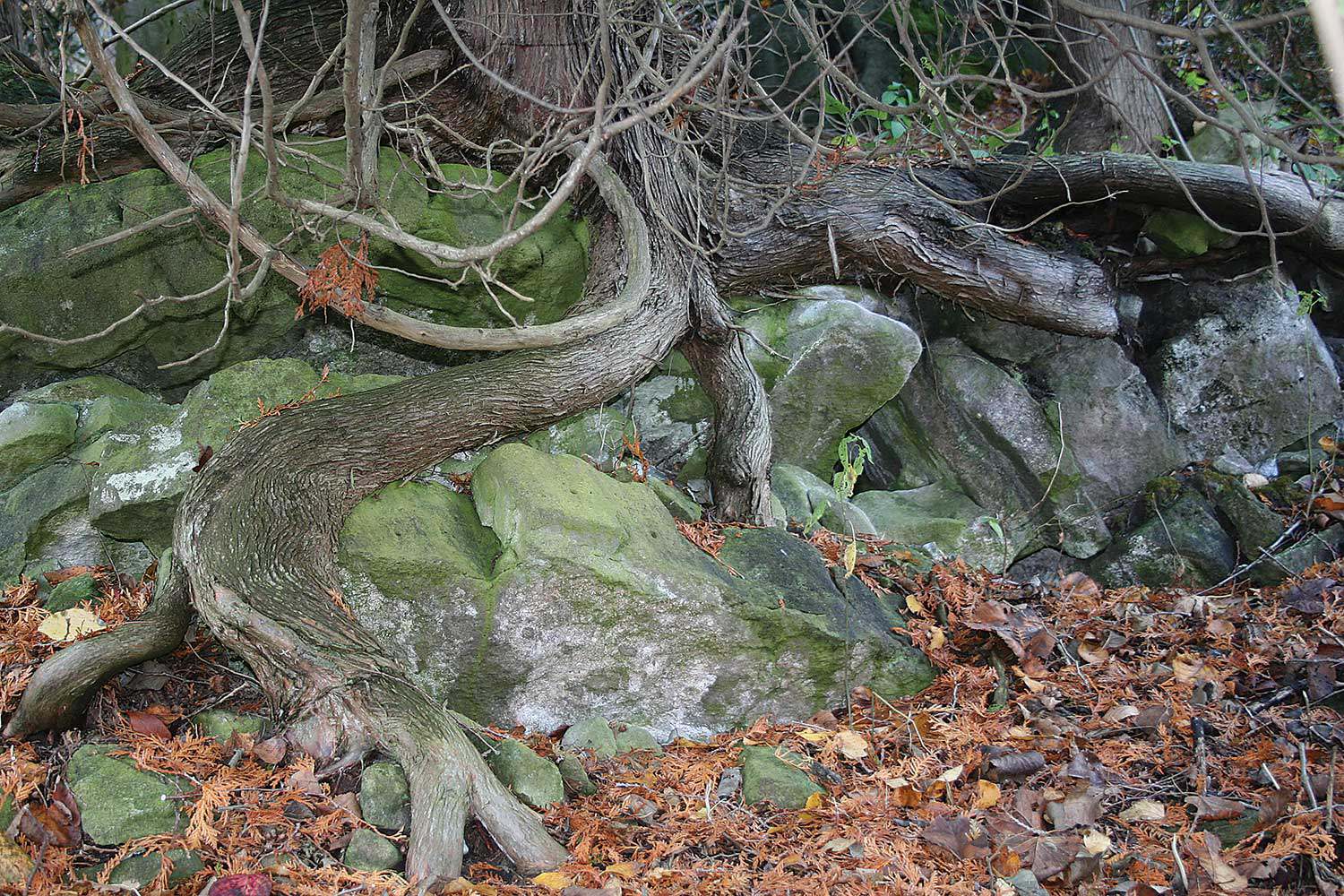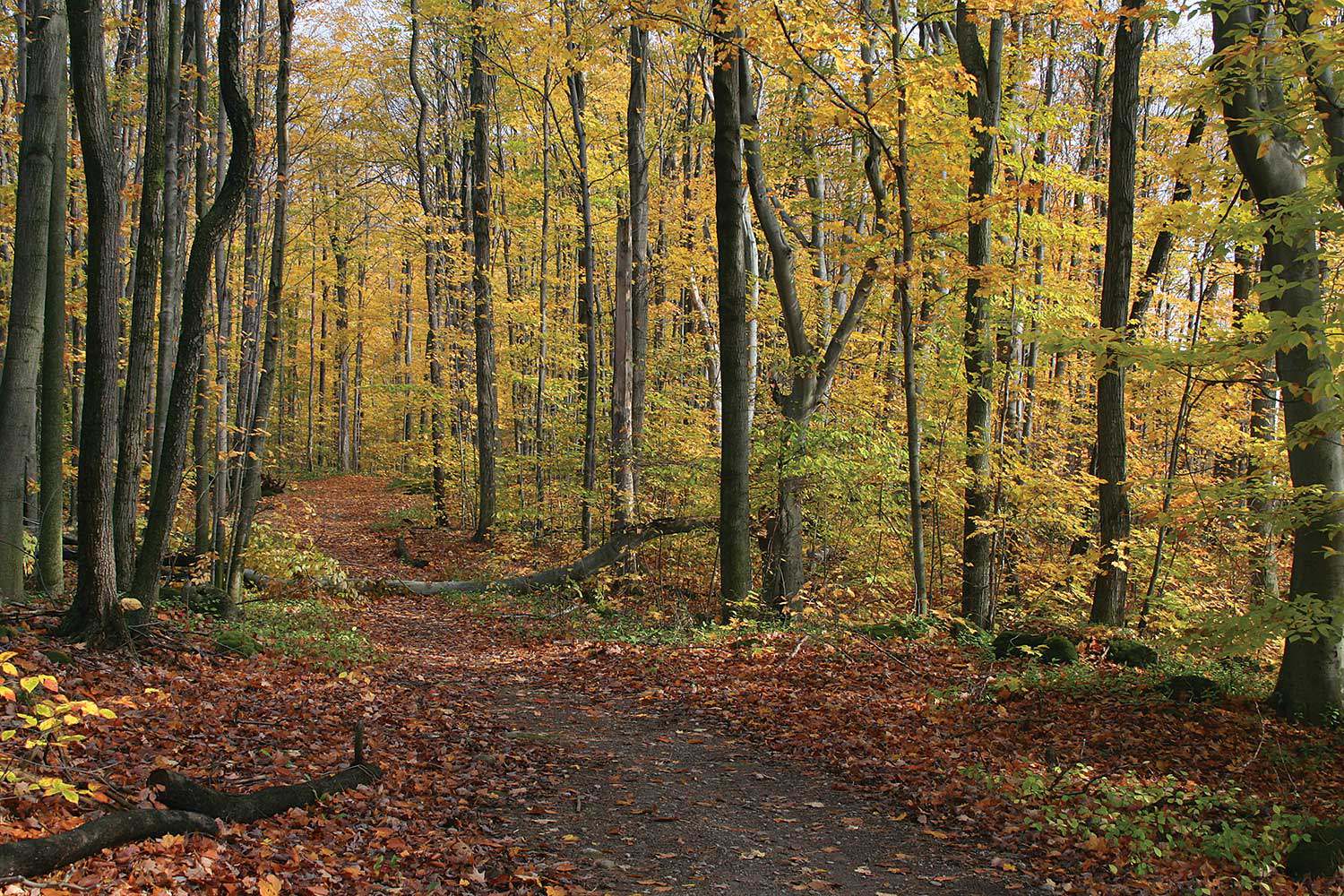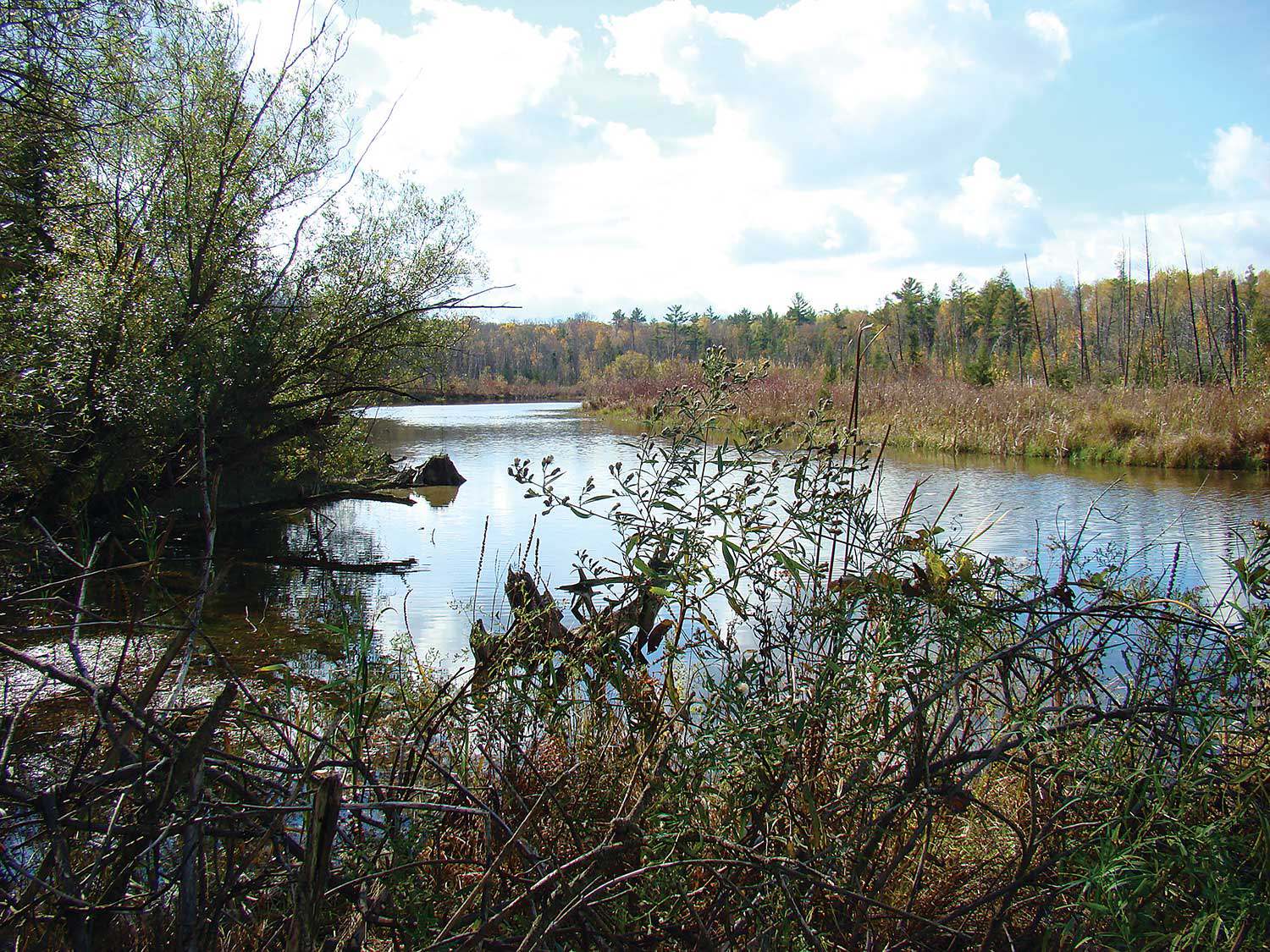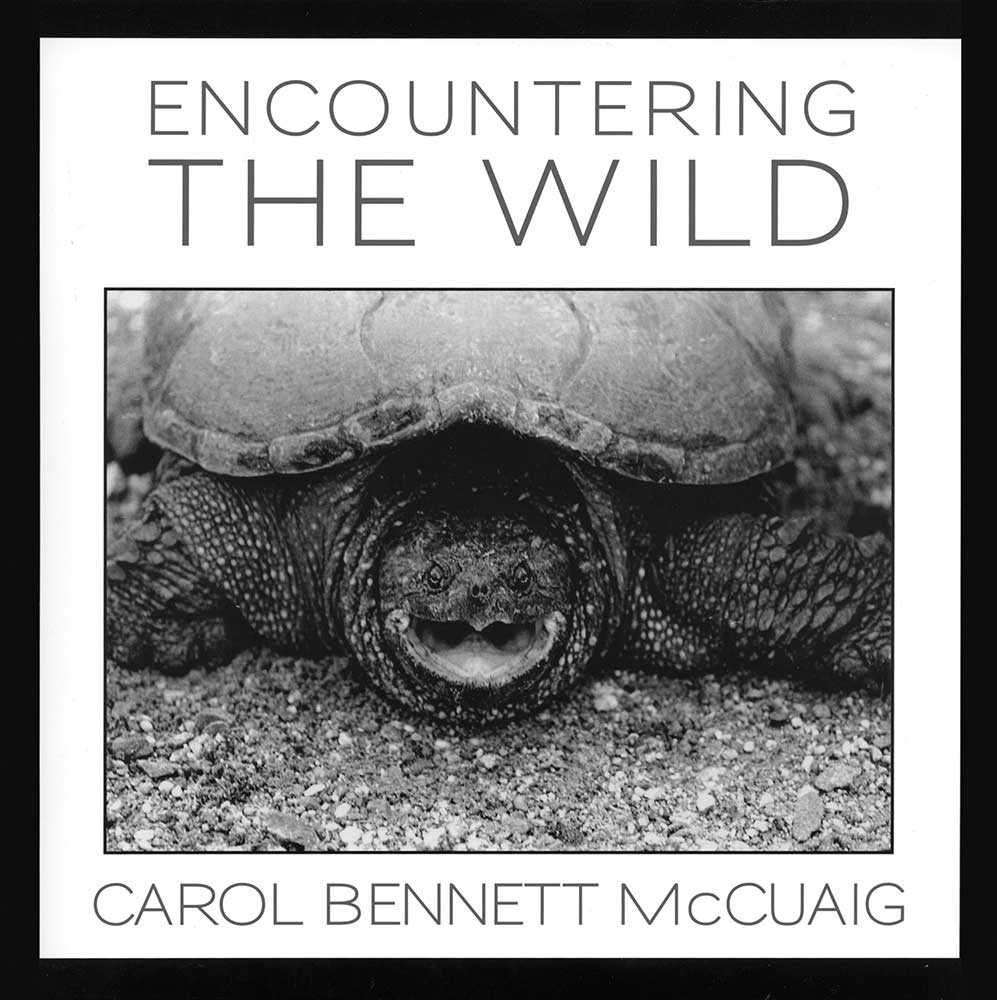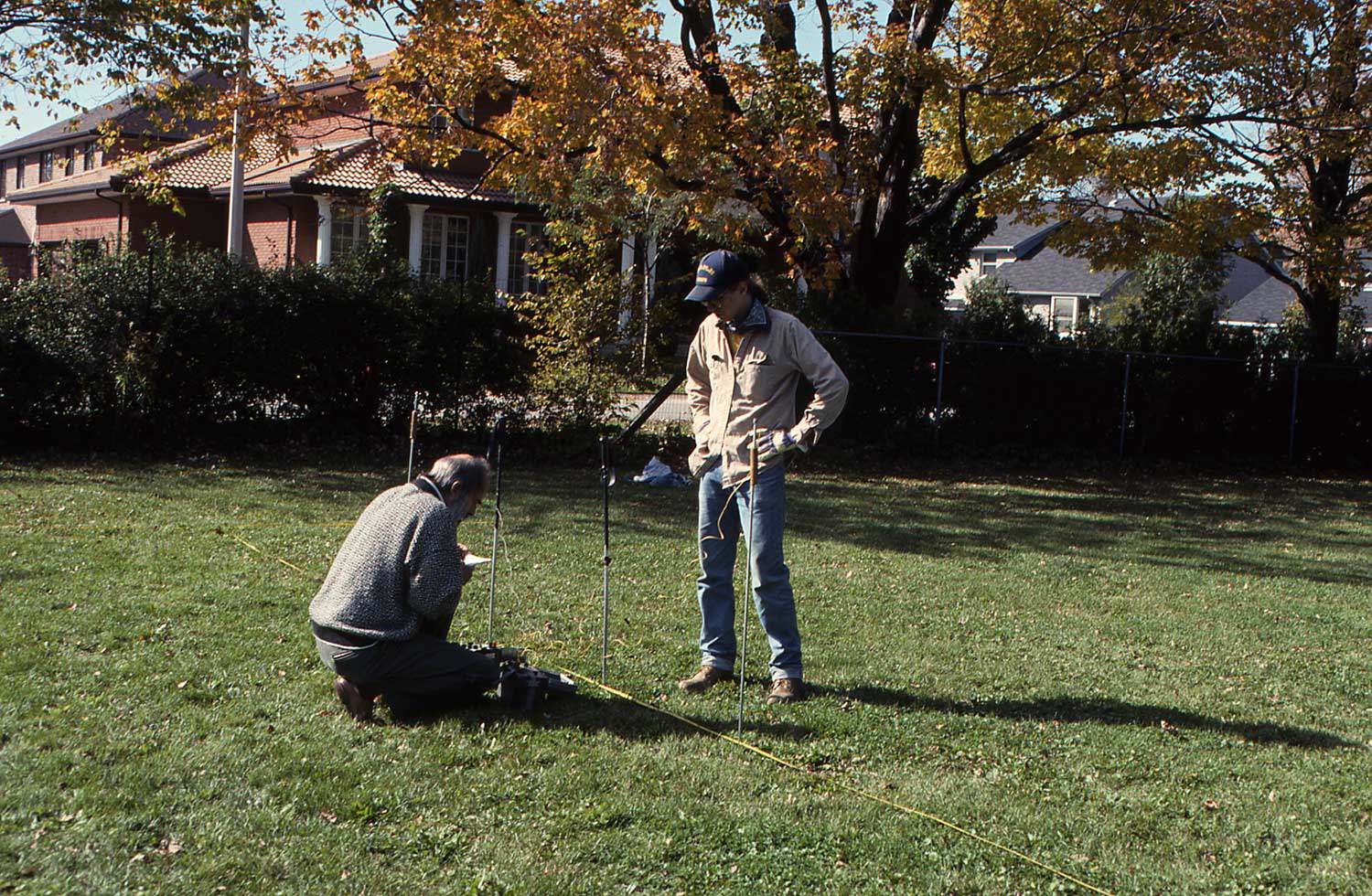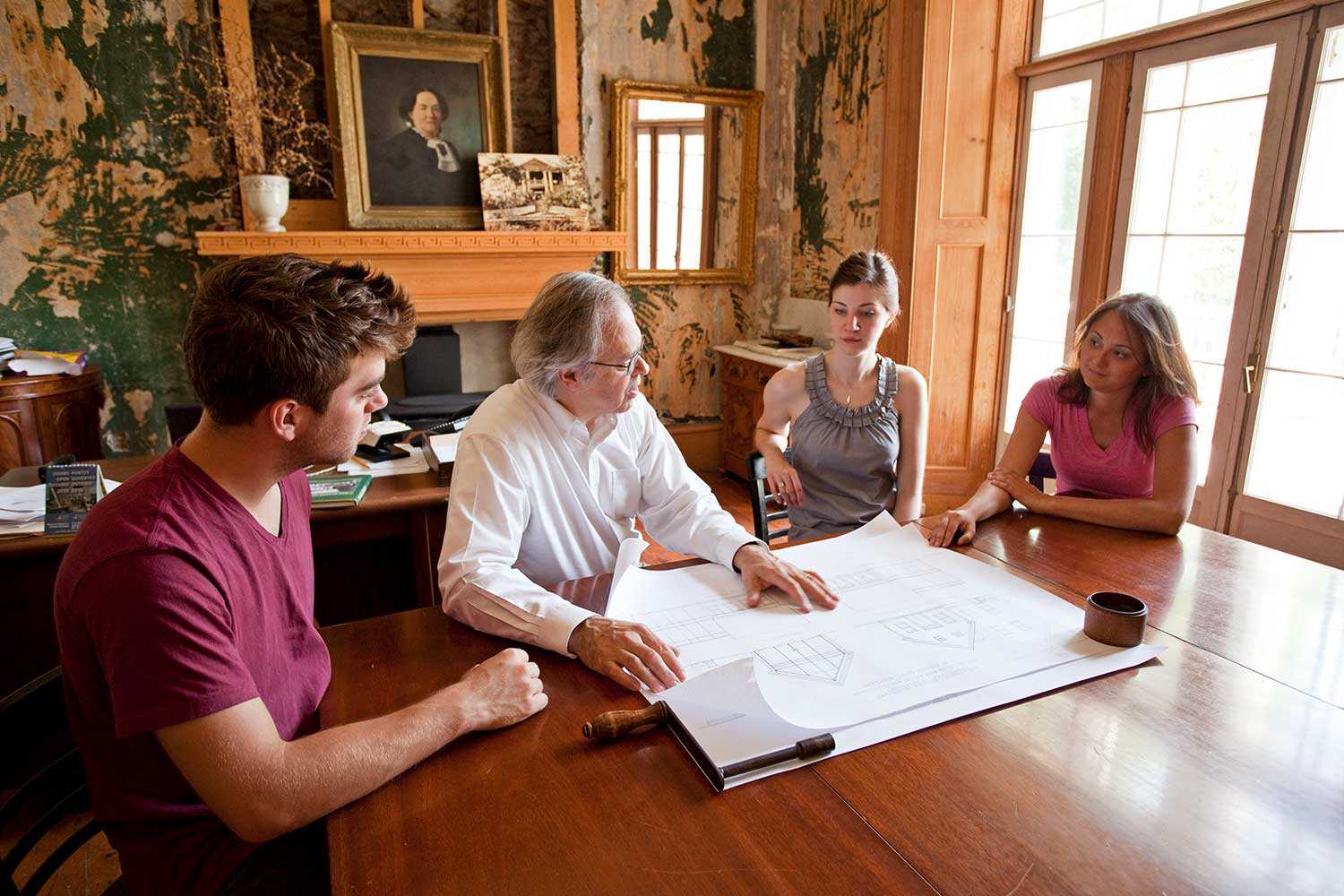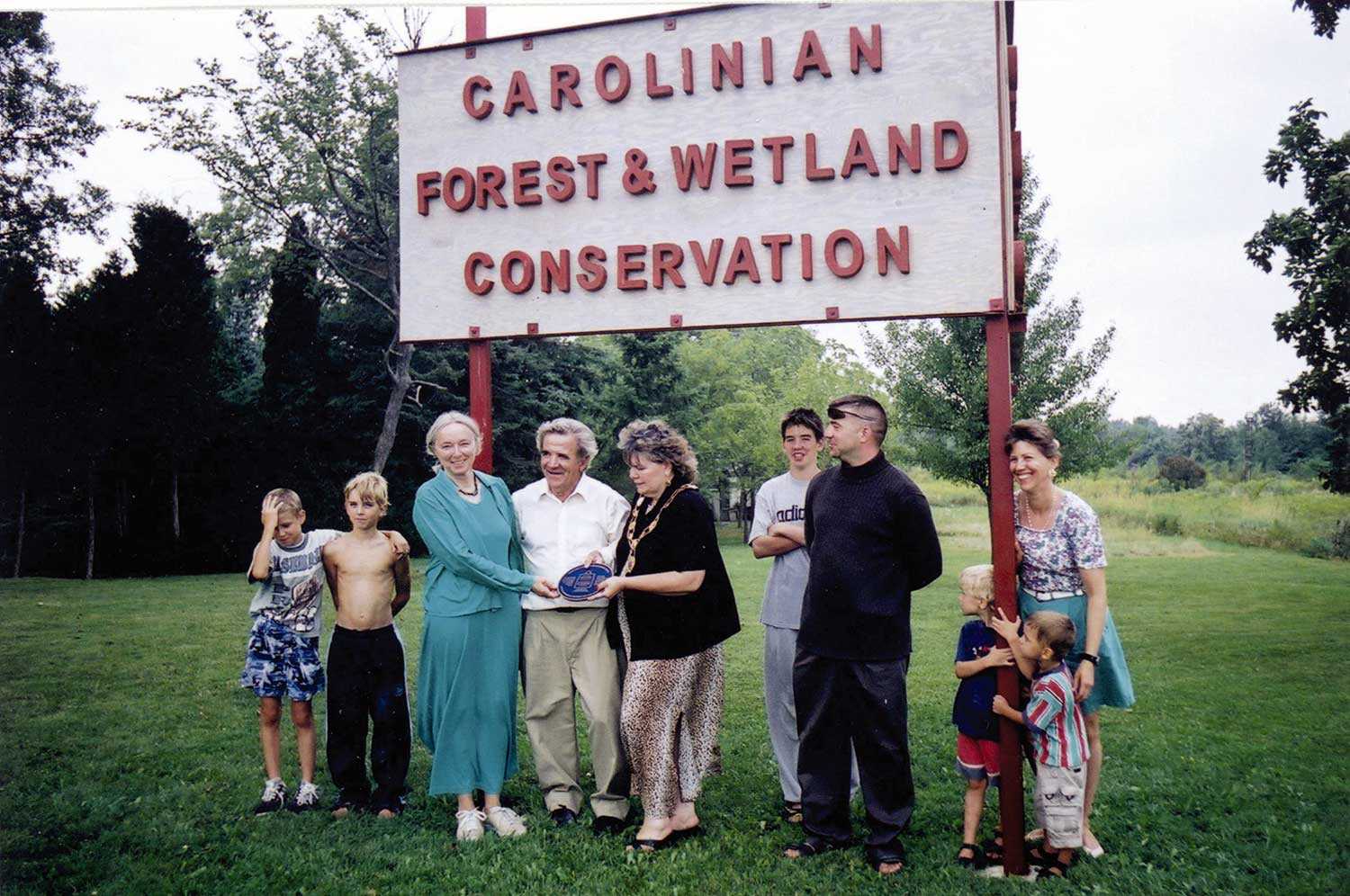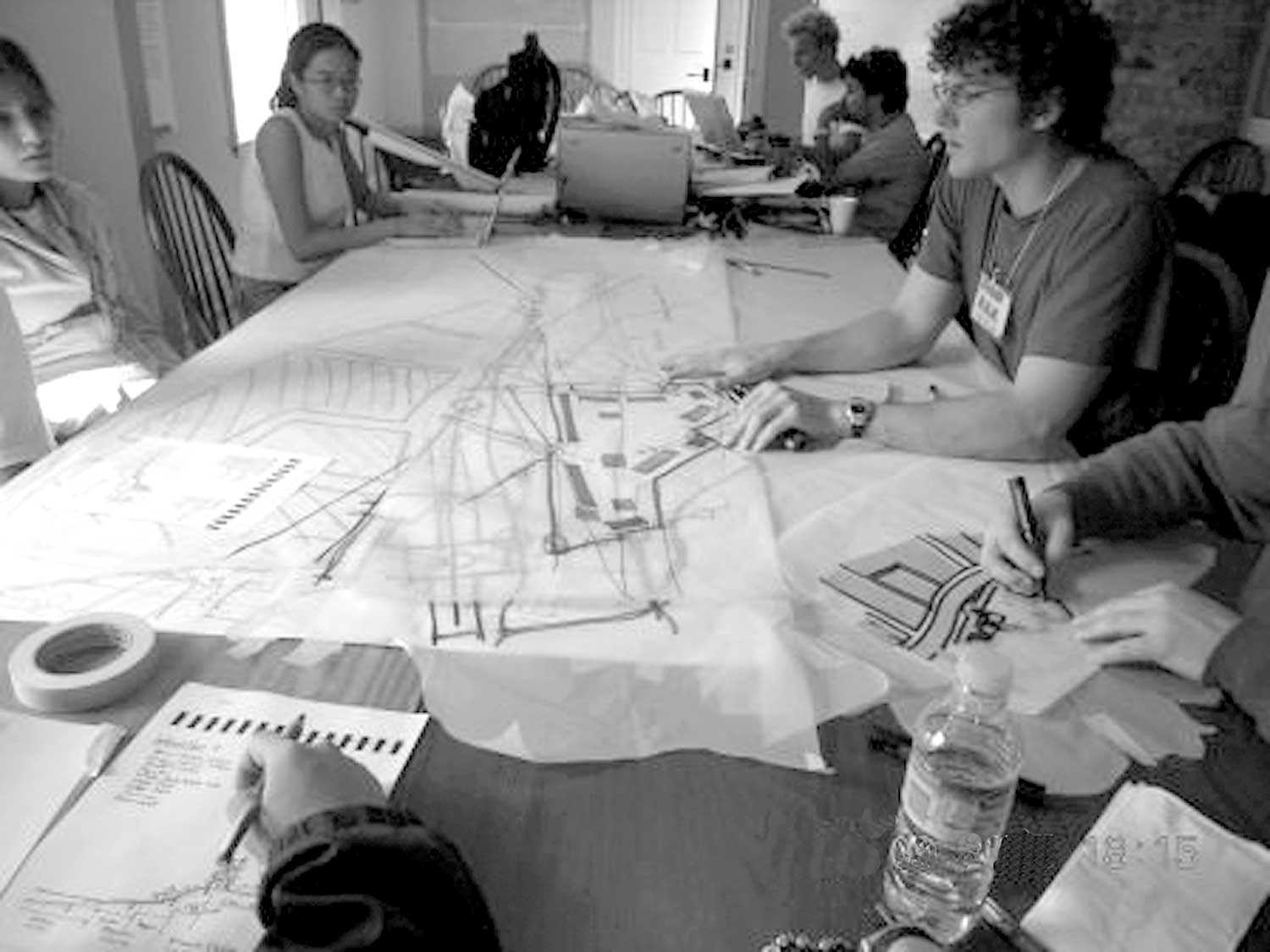

Browse by category
- Adaptive reuse
- Archaeology
- Arts and creativity
- Black heritage
- Buildings and architecture
- Communication
- Community
- Cultural landscapes
- Cultural objects
- Design
- Economics of heritage
- Environment
- Expanding the narrative
- Food
- Francophone heritage
- Indigenous heritage
- Intangible heritage
- Medical heritage
- Military heritage
- MyOntario
- Natural heritage
- Sport heritage
- Tools for conservation
- Women's heritage
Grassroots conservation
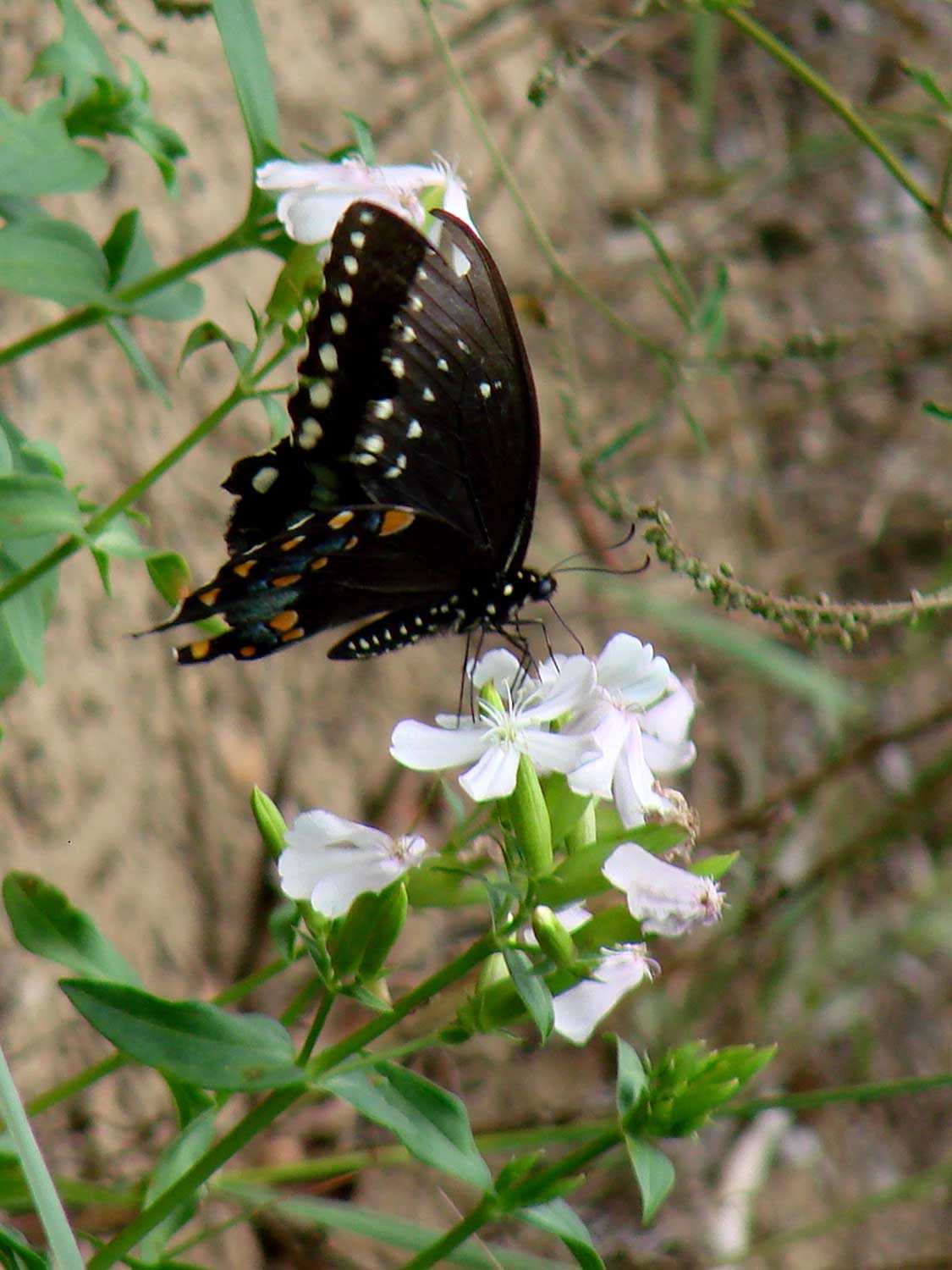

"The Ontario Heritage Trust has played an active role in natural heritage protection since 1967. It currently has a portfolio of 154 natural heritage properties and 17 natural heritage easement properties, which secure about 6,000 hectares (14,826 acres) of significant natural heritage sites."
As the century progresses, there is an increasing sense of urgency about the need to preserve our precious natural heritage. Recent publicized discussions of global warming and greenhouse gas emissions, concerns about water and air quality, rising energy costs and expanding urbanization have created a heightened belief that something must be done.
Protecting areas of significant natural heritage is one way to address these daunting environmental issues. Anyone can help with this pursuit. Many landowners have already taken direct action. For example, if source water areas are protected from contamination, it stands to reason that human health benefits and costs associated with water treatment will lessen. Trails across natural heritage lands enable increased hiking opportunities and exercise, which contribute to better, longer and more active lifestyles. Trees are beneficial for air and environmental quality; planting trees is an environmentally friendly response. Many people work to steward their lands to decrease the impact their footprint makes on our natural surroundings.
The donation of natural heritage lands to conservation organizations has been actively occurring for over 40 years. Some people do so for recognition and some seek personal tax benefits, while others do it to ensure stewardship of the land. Recently, the Ontario Heritage Trust received a donation of a 40-hectare (100-acre) natural heritage property in the Lake of Bays area. The landowner, with a strong connection to his land, wanted to ensure that it was forever maintained in a natural state, as a sanctuary.
This particular donation created a multi-party partnership. The Trust holds property title with a local land conservancy being the property steward; the original landowner can visit at his pleasure. Through the federal government’s Ecological Gifts Program, donation. Adjoining landowners also benefit from knowing that the donated lands will not be developed.
In cases where land has passed from one generation to another, landowners may want to see their children inherit to continue the family tradition. At the same time, the older generation may wish that the land remains in a natural state and not be developed for commercial purposes. To deal with these potentially heart-wrenching situations, many people are considering conservation easement agreements. With a heritage conservation easement agreement registered on the property’s title, the wishes of one generation can be realized, while the next generation still has the choice whether or not to retain the land.
The Trust is working with a family in eastern Ontario to honour their parents’ wishes for the protection of their lands through the donation of a natural heritage conservation easement agreement. If the property were to be sold without the protection of a conservation easement – given the proximity of the property to an urban area – it is conceivable that the land could be subdivided and developed for cottages. If the placement of a conservation easement is successful, the Trust will work with the local land conservancy to ensure the protection of the property. The landowners may also receive a tax receipt for the donation of this conservation easement the landowner received a tax receipt for this charitable.
Cash donations from individuals, families and companies to conservation organizations also help with the securement and protection of natural heritage lands. For example, in 2007 the Trust worked with the Lake Simcoe Region Conservation Authority and the Nature Conservancy of Canada in securing land within the Beaver River Wetland. Fifty per cent of the funds for these projects came from a family bequest, honouring a military member of the family who was lost in action. Donations of cash, land and conservation easements are only a few of the ways that landowners are working with conservation organizations to protect natural heritage.
Almost 50 stewardship councils now exist in Ontario, composed of landowners associated with municipalities, conservation organizations, cottage groups, farming and other industry organizations. With some support from the provincial government and organized conservation organizations, stewardship councils are sponsoring natural heritage stewardship projects across southern Ontario. Landowners are actively engaged with the preparation of property stewardship plans that integrate natural heritage stewardship thinking into the planning for all types of properties. Projects such as erosion control, tree planting and wildlife habitat enhancement are underway on private land, providing conservation benefits beyond individual property boundaries.
Today, the passion to secure and steward natural heritage lands for conservation purposes is growing. So, too, is our understanding that everyone has a role to play in protecting the environment for future generations.

